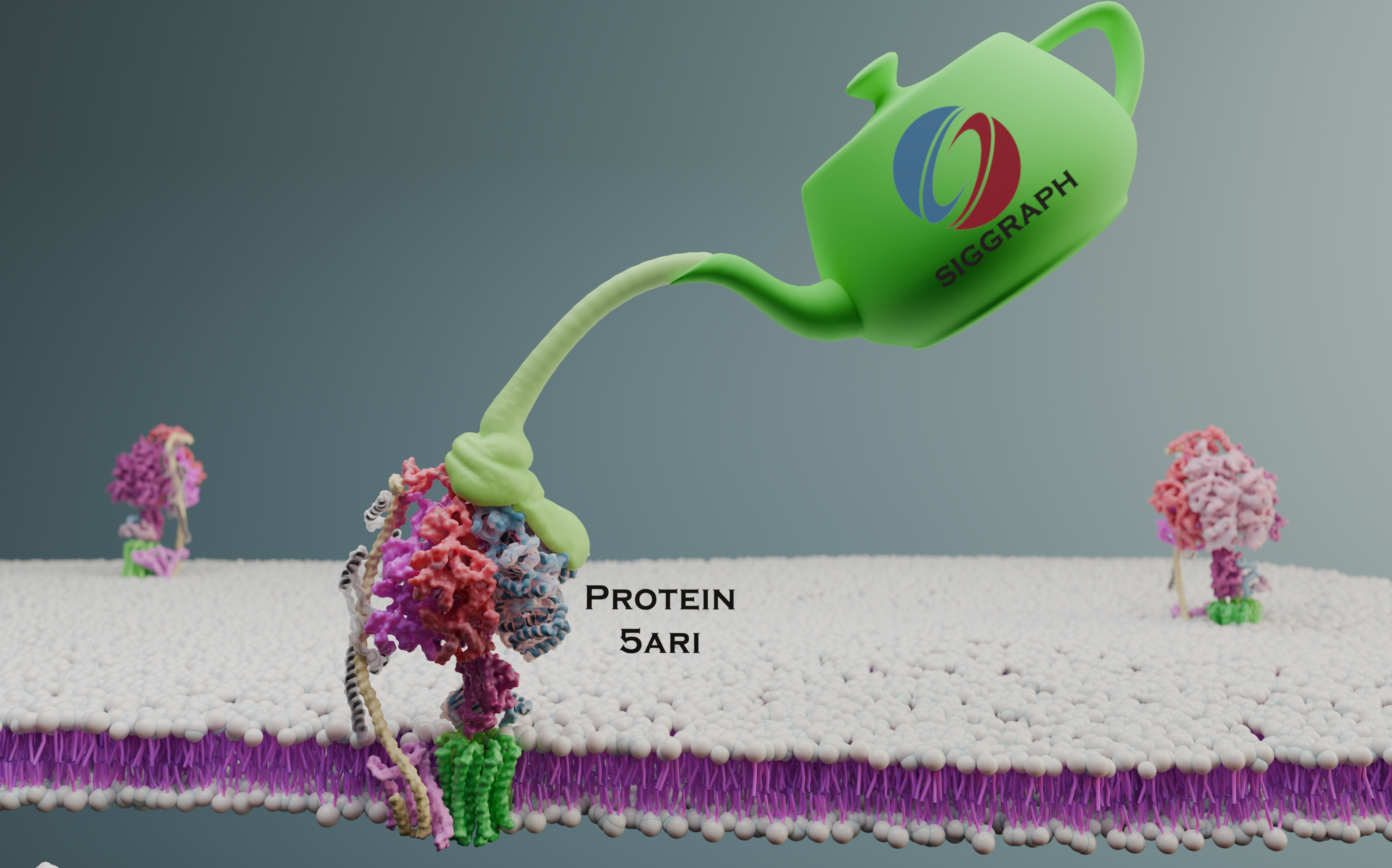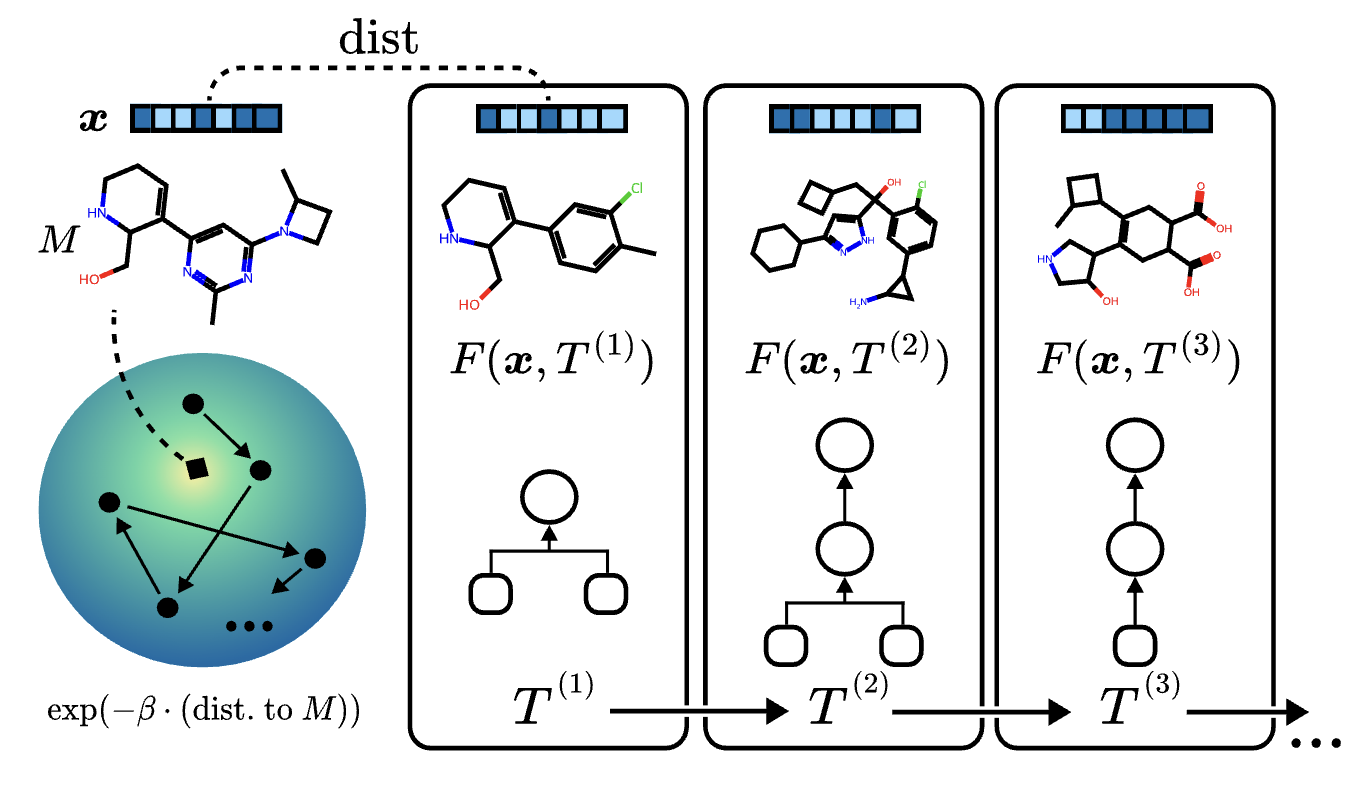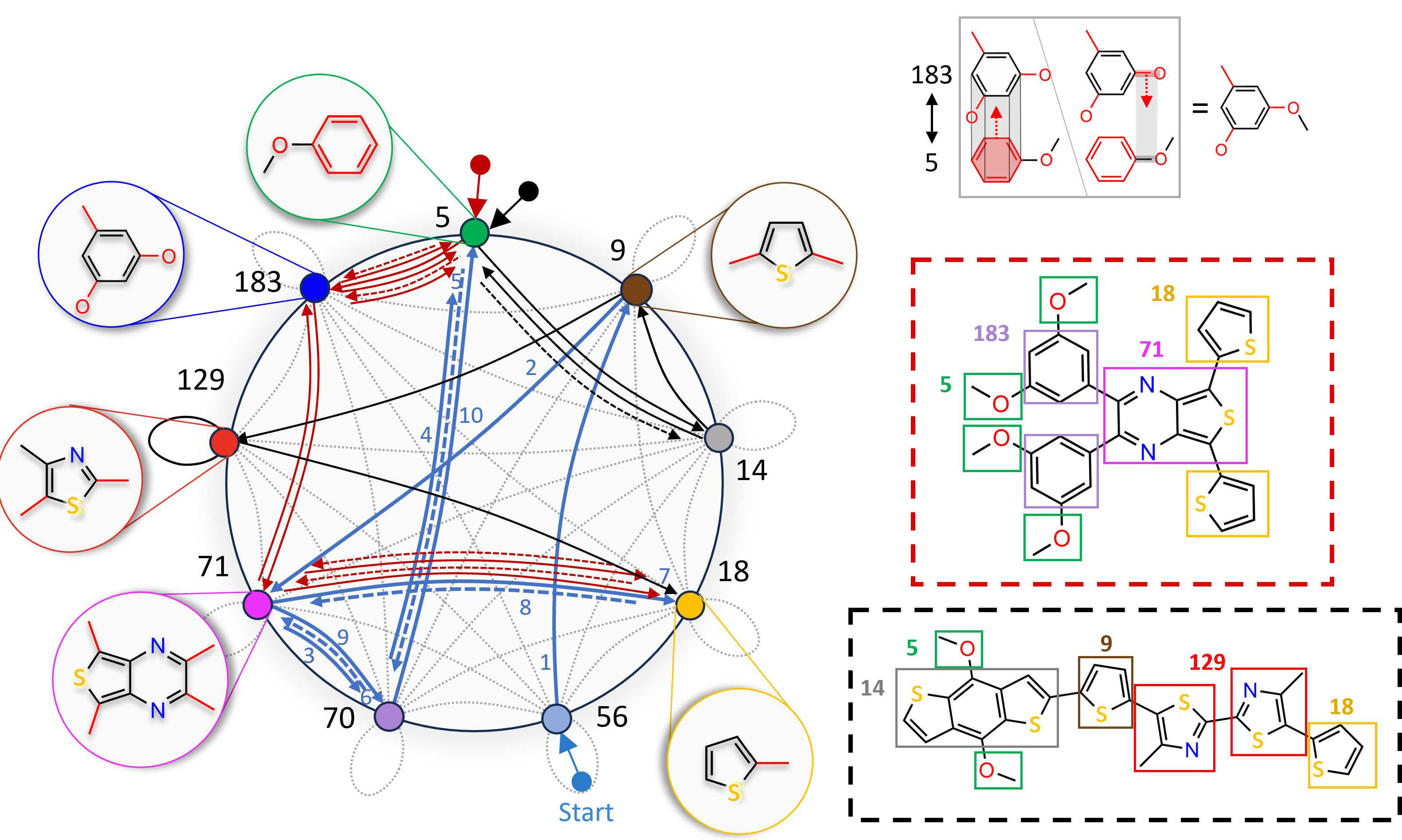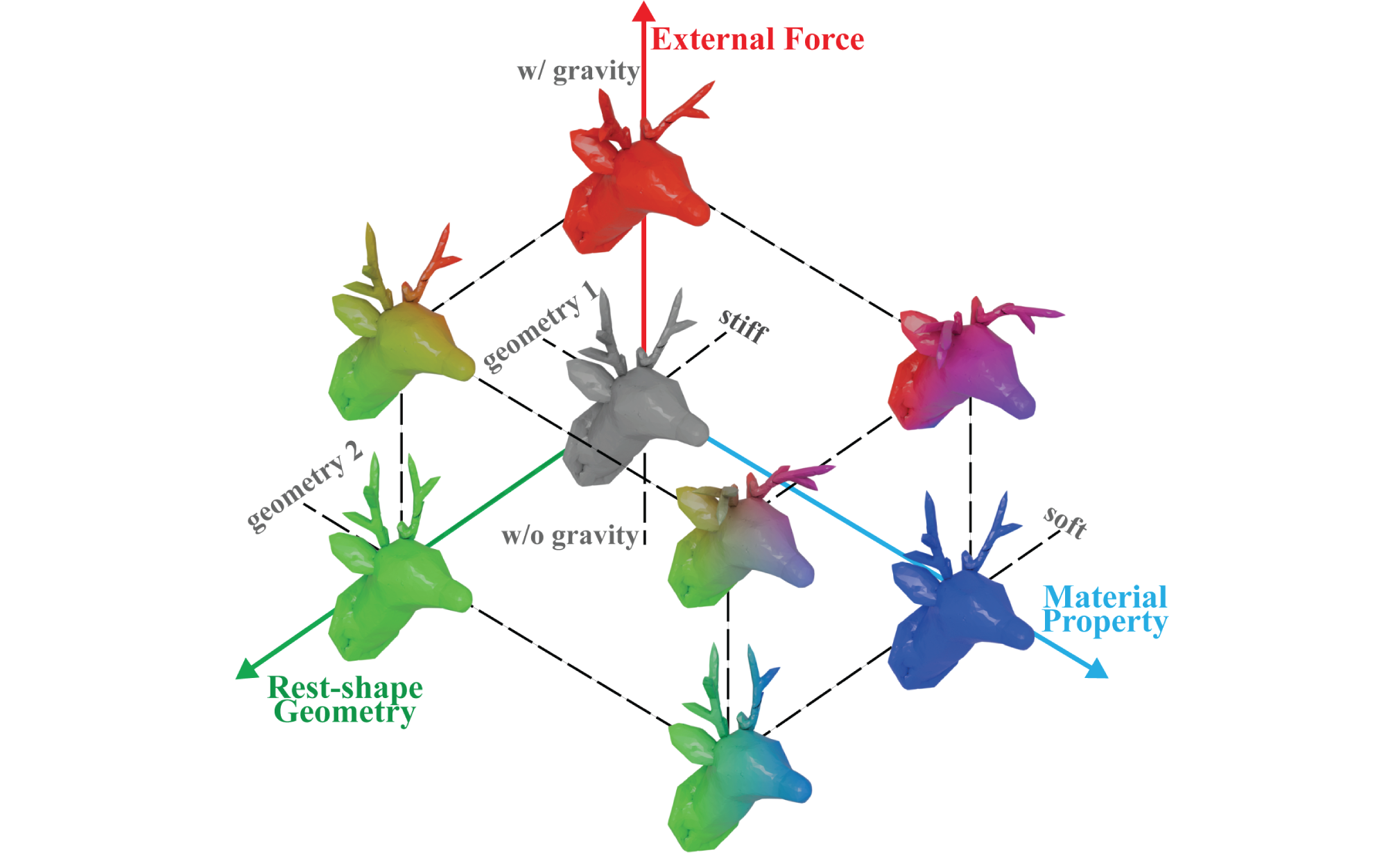
Bio
I am a fifth-year Ph.D. student in the Computational Design & Fabrication Group at MIT CSAIL, supervised by Prof. Wojciech Matusik. I received my M.Phil. from The Chinese University of Hong Kong and my Bachelor's degree from Tsinghua University.
I build generative design systems that turn scientific and engineering intent into designs that are physically valid, manufacturable, and reliable in the real world. Generative foundation models have reshaped modern design workflows, yet they often propose designs that violate the very constraints that make a design realizable. The root cause is objective misalignment: In science and engineering, objectives should not only prize generative novelty and variety, but must also meet user requirements within the hard constraints of physical reality.
I treat physical constraints as first‑class citizens by externalizing them into physics‑aware representations and constraint modules. Drawing on classical computer graphics and scientific computing, I develop procedural grammars, geometric primitives, and differentiable solvers that couple tightly to generative foundation models and guarantee feasibility by construction. Such a framework offloads constraint satisfaction from the generative model and yields faster, more physically faithful, and far more data‑efficient generation across domains: from nanoscale molecular materials and proteins to macroscale engineered 3D shapes.
Selected Initiatives

Graphics4Science: Computer Graphics for Scientific Impacts
Peter Yichen Chen*,
Minghao Guo*,
Hanspeter Pfister,
Ming Lin,
William Freeman,
Qixing Huang,
Han-wei Shen,
Wojciech Matusik
SIGGRAPH Course 2025
Selected Publications

Physically Valid Biomolecular Interaction Modeling with Gauss-Seidel Projection
Siyuan Chen*,
Minghao Guo*†,
Caoliwen Wang,
Anka He Chen,
Yikun Zhang,
Jingjing Chai,
Yin Yang,
Wojciech Matusik,
Peter Yichen Chen†
arXiv
*=equal contribution, †=corresponding author

Kinematic Kitbashing for Modeling Functional Articulated Objects
Minghao Guo,
Victor Zordan,
Sheldon Andrews,
Wojciech Matusik,
Maneesh Agrawala,
Hsueh-Ti Derek Liu
arXiv

FlashBias: Fast Computation of Attention with Bias
Haixu Wu,
Minghao Guo,
Yuezhou Ma,
Yuanxu Sun,
Jianmin Wang,
Wojciech Matusik,
Mingsheng Long
NeurIPS 2025

TetSphere Splatting: Representing High-Quality Geometry with Lagrangian Volumetric Meshes
Minghao Guo*,
Bohan Wang*,
Kaiming He,
Wojciech Matusik
ICLR 2025
Oral Presentation [acceptance rate: 1.8%]
*=equal contribution

Procedural Synthesis of Synthesizable Molecules
Michael Sun,
Alston Lo,
Minghao Guo,
Jie Chen,
Connor W. Coley,
Wojciech Matusik
ICLR 2025

Representing Molecules as Random Walks Over Interpretable Grammars
Michael Sun,
Minghao Guo,
Weize Yuan,
Veronika Thost,
Crystal Elaine Owens,
Aristotle Franklin Grosz,
Sharvaa Selvan,
Katelyn Zhou,
Hassan Mohiuddin,
Benjamin J Pedretti,
Zachary P Smith,
Jie Chen,
Wojciech Matusik
ICML 2024
Spotlight

Physically Compatible 3D Object Modeling from a Single Image
Minghao Guo,
Bohan Wang,
Pingchuan Ma,
Tianyuan Zhang,
Crystal Elaine Owens,
Chuang Gan,
Joshua B. Tenenbaum,
Kaiming He,
Wojciech Matusik
NeurIPS 2024
Spotlight

Medial Skeletal Diagram: A Generalized Medial Axis Approach for 3D Shape Representation
Minghao Guo*,
Bohan Wang*,
Wojciech Matusik
SIGGRAPH Asia 2024 (Journal Track)
*=equal contribution

Variational Quasi-harmonic Maps for Computing Diffeomorphisms
Yu Wang,
Minghao Guo,
Justin Solomon
SIGGRAPH 2023 (Journal Track)

Hierarchical Grammar-Induced Geometry for Data-Efficient Molecular Property Prediction
Minghao Guo,
Veronika Thost,
Samuel Song,
Adithya Balachandran,
Payel Das,
Jie Chen,
Wojciech Matusik
ICML 2023

Data-Efficient Graph Grammar Learning for Molecular Generation
Minghao Guo,
Veronika Thost,
Beichen Li,
Payel Das,
Jie Chen,
Wojciech Matusik
ICLR 2022
Oral Presentation [acceptance rate: 1.6%]

PolyGrammar: Grammar for Digital Polymer Representation and Generation
Minghao Guo,
Liane Makatura,
Wan Shou,
Timothy Erps,
Michael Foshey,
Wojciech Matusik
Advanced Science

Pareto Gamuts: Exploring Optimal Designs Across Varying Contexts
Liane Makatura,
Minghao Guo,
Adriana Schulz,
Justin Solomon,
Wojciech Matusik
ACM Transactions on Graphics 2021 (SIGGRAPH 2021)